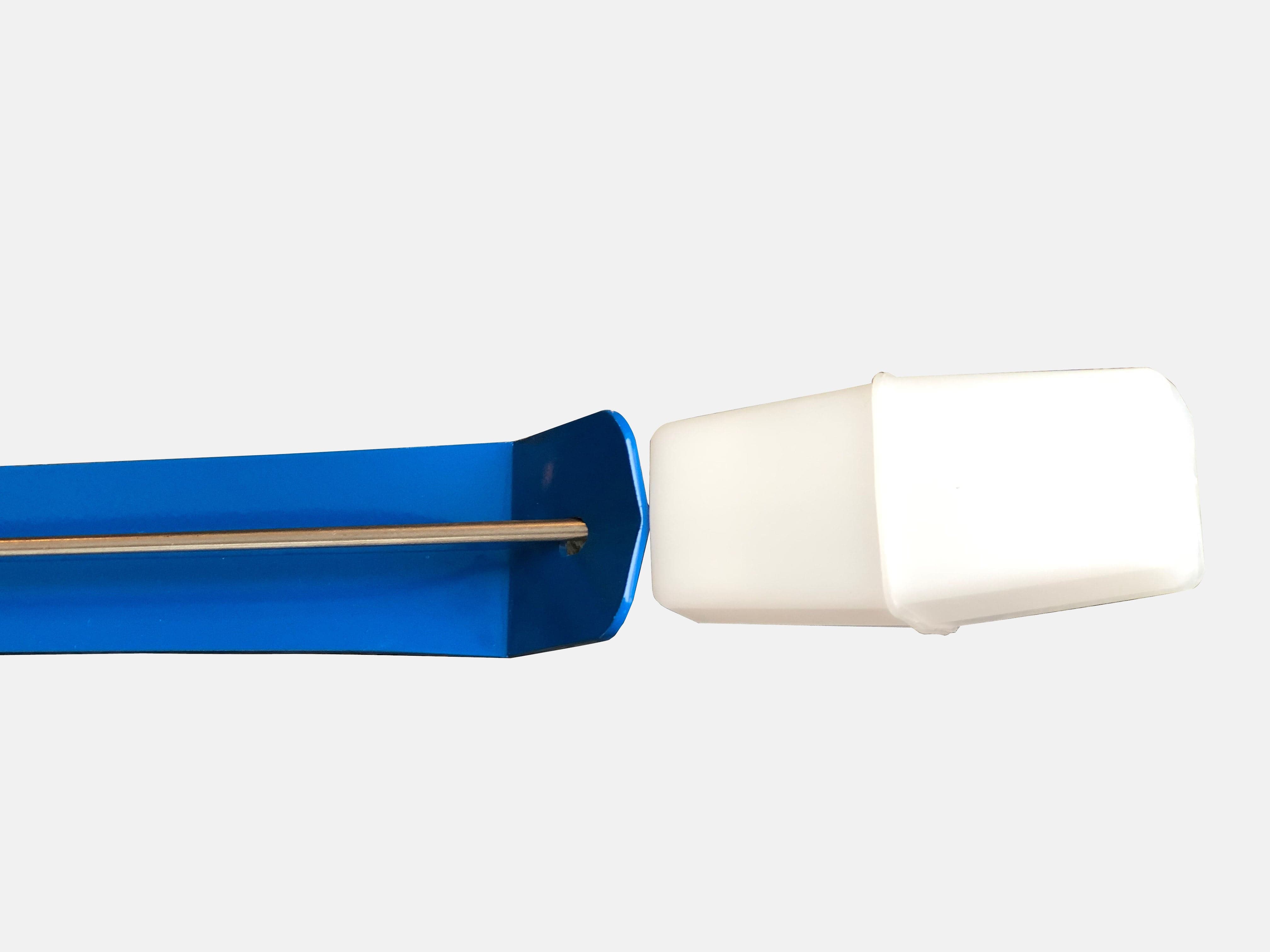- March 11, 2024
Top 10 Water Level Indicator Systems for Smart Water Management

Image source: Google
Smart water management is becoming increasingly important as water scarcity and pollution continue to be global issues. One key component of smart water management is having an effective water level indicator system in place. These systems help monitor water levels in tanks, reservoirs, and other water storage units to ensure efficient usage and prevent wastage. Here are the top 10 water level indicator systems that can help you in managing water effectively:
1. Ultrasonic Water Level Sensor: This sensor uses ultrasonic waves to measure the distance between the sensor and the water surface. It is highly accurate and can be used in various types of water storage units. The sensor sends real-time data to a control unit, allowing for remote monitoring and control.
2. Float Switch: Float switches are simple yet effective water level indicators that use a buoyant float to measure water levels. When the water level rises or falls, the float moves accordingly, triggering the switch to indicate the water level. Float switches are cost-effective and easy to install.
3. Pressure Transducer: Pressure transducers measure water levels by sensing the pressure exerted by the water column. These sensors are highly accurate and can be used in various applications, including wells, tanks, and reservoirs. Pressure transducers provide continuous readings of water levels in real-time.
4. Capacitance Probe: Capacitance probes work on the principle of changes in capacitance due to the presence of water. These probes are non-contact sensors that can be installed externally to the water storage unit. Capacitance probes are reliable and require minimal maintenance.
5. Conductivity Sensor: Conductivity sensors measure the electrical conductivity of water to determine the water level. These sensors are suitable for a wide range of water types, including fresh water, saltwater, and wastewater. Conductivity sensors are easy to install and provide accurate readings.
6. Wireless Water Level Sensor: Wireless water level sensors use wireless technology to transmit data to a central control unit. These sensors are convenient for remote monitoring and can be easily integrated into existing smart water management systems. Wireless water level sensors are ideal for large-scale water management applications.
7. Infrared Water Level Sensor: Infrared water level sensors use infrared light to measure the distance between the sensor and the water surface. These sensors are reliable and can be used in various water storage units. Infrared water level sensors are suitable for both indoor and outdoor applications.
8. Acoustic Wave Sensor: Acoustic wave sensors use sound waves to measure water levels in tanks and reservoirs. These sensors are highly accurate and can provide real-time data on water levels. Acoustic wave sensors are durable and suitable for harsh environmental conditions.
9. Internet of Things (IoT) Water Level Sensor: IoT water level sensors are connected devices that transmit data over the internet to a central server. These sensors provide real-time monitoring and can be accessed remotely through a smartphone or computer. IoT water level sensors are ideal for smart water management systems.
10. Floating Ball Water Level Indicator: Floating ball water level indicators use a float attached to a rod to measure water levels. As the water level changes, the float moves up or down, indicating the water level on a scale. Floating ball water level indicators are simple to use and cost-effective.
In conclusion, choosing the right water level indicator system is crucial for effective smart water management. Whether you need a simple float switch or a high-tech IoT water level sensor, there are plenty of options available to suit your specific needs. By investing in a reliable water level indicator system, you can ensure efficient water usage, prevent wastage, and contribute to sustainable water management practices.